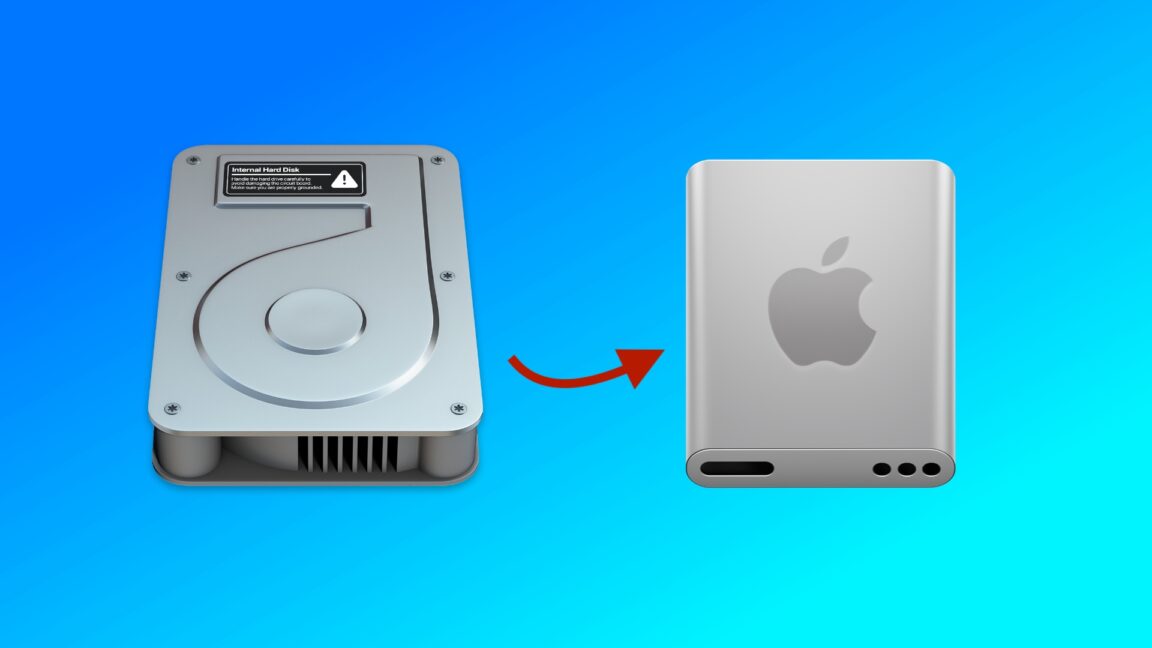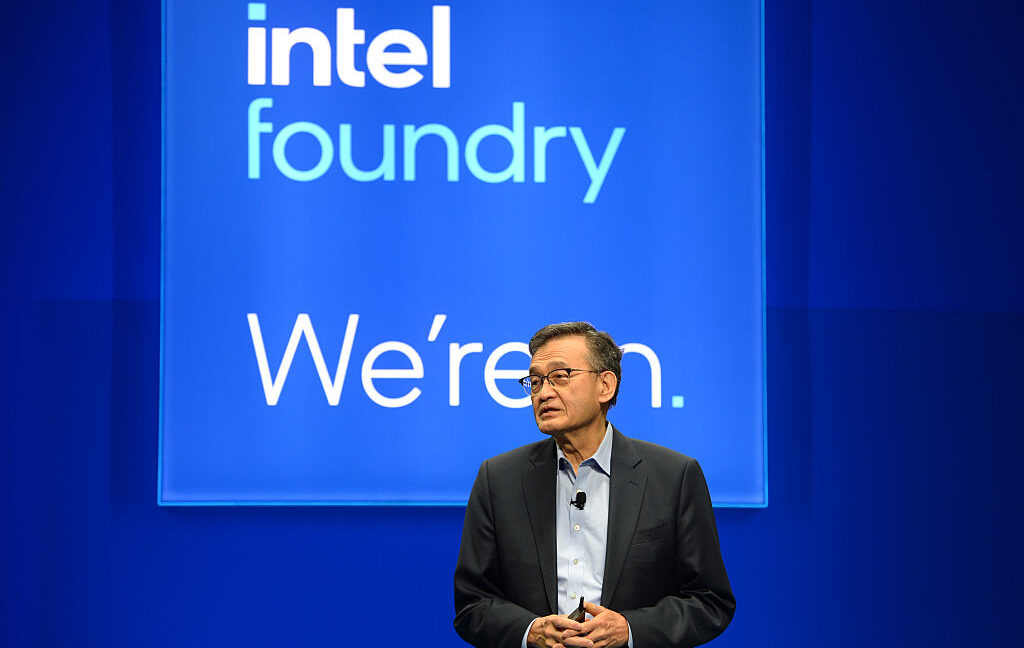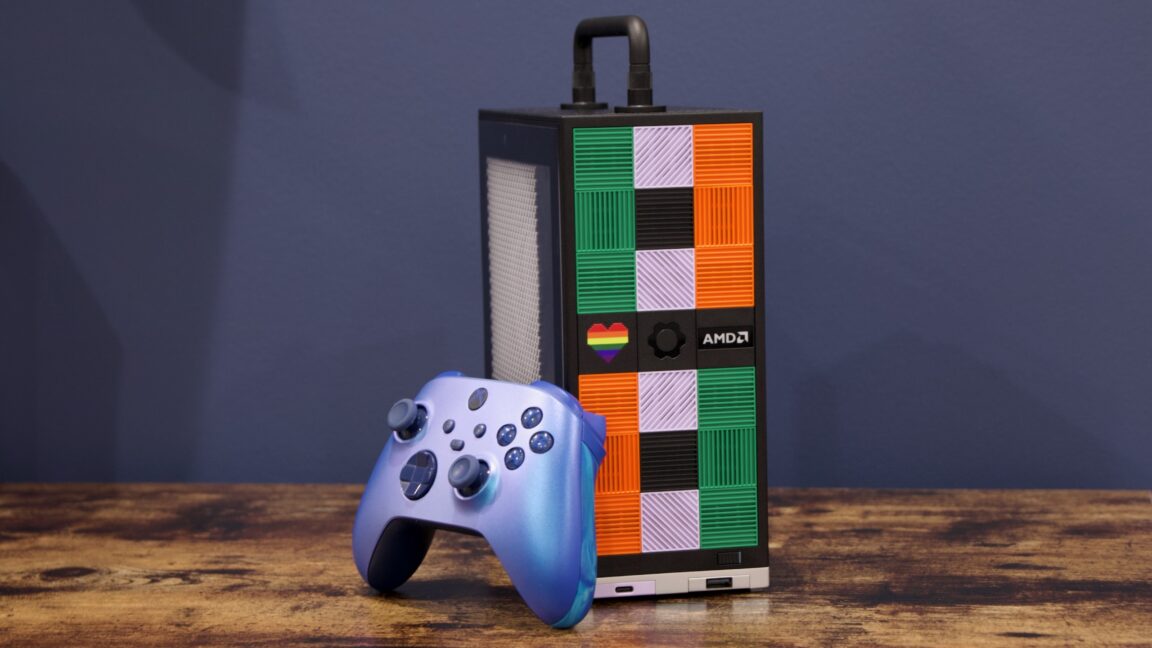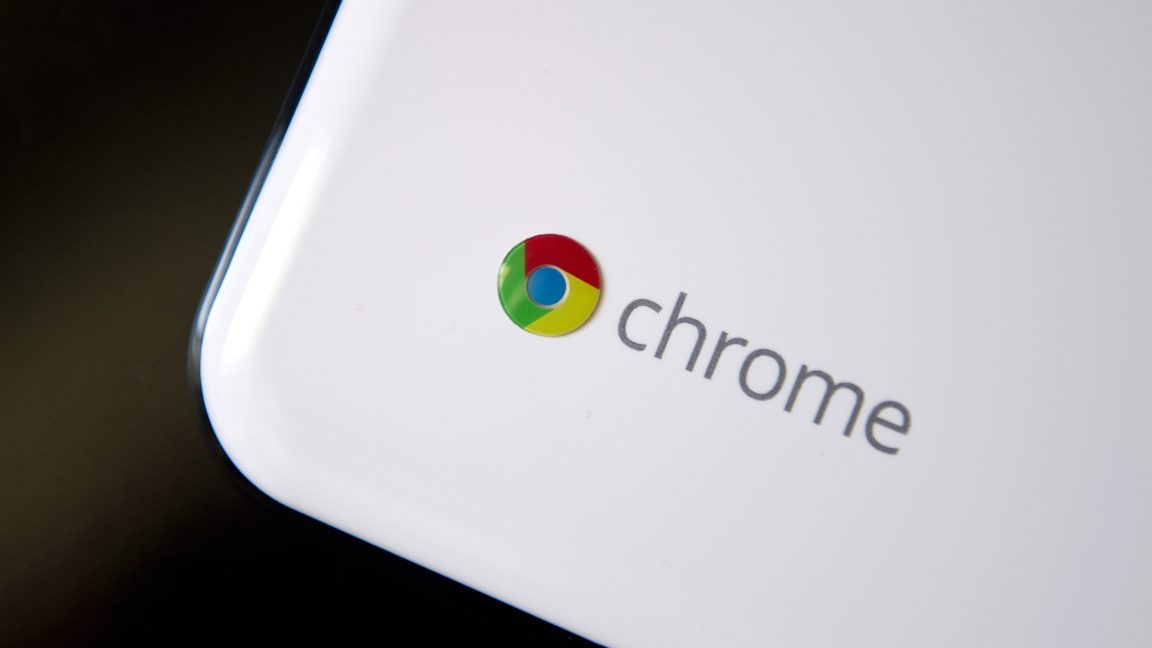Farewell to the Classic Macintosh HD Icon as macOS Evolves

Today marks a poignant moment as Apple introduces a significant update to its macOS 26 Tahoe developer beta. Central to this release is the replacement of the iconic Macintosh HD hard drive icon, which has been a staple since 2000. This cherished symbol, once a representation of a classic spinning hard drive, now morphs to embody the modernity of a solid-state drive (SSD). Although the true appearance of Mac's SSD is distinct, Apple’s creative design offers a fitting homage to the technological transition.
Historically, the Macintosh HD icon had seen diminishing presence, especially since macOS configurations no longer displayed the internal disk on desktops by default. Over the past years, Apple predominantly shifted towards SSDs for boot media in new Mac devices. While it's unclear why the icon update did not occur sooner, perhaps it was time to curb any potential ‘clicking’ failures in the design. The update isn't just logical—it's punny, given the context of computer storage.
Tracing back the origins, this quintessential hard drive icon emerged in 2000, concurrent with the public unveiling of Mac OS X's novel aesthetics. For more than a decade, this icon remained unchanged, save for a Retina display enhancement in 2012 and a subtler makeover during the Mac OS X Yosemite update in 2014, reflecting Apple’s move away from textured realism.
Despite Apple’s hardware evolution, the icon persisted into the Apple Silicon-era Big Sur redesign and appeared in the initial public beta of macOS 26 Tahoe. Other system icons have also been revamped in this latest developer beta, featuring updates for external drives, network shares, and removable disk images, each with symbolic elements.
This change is part of Apple's ongoing adaptation to SSD-centric designs, tracing its roots back to Apple's first SSD-integrated Mac, launched in 2008. By the early 2010s, SSDs became the norm for Mac boot disks, completely phasing out traditional hard drives by the time the last Intel-powered iMac exited production.
Despite these changes, the visual representation of storage within a Mac continues to differ from the actual hardware it depicts. Yet, this moment allows us to reflect on the technological journey and appreciate the nostalgic Macintosh HD icon. As the digital world rapidly advances, we wave goodbye to a design emblematic of an era, celebrating the memories it holds.



